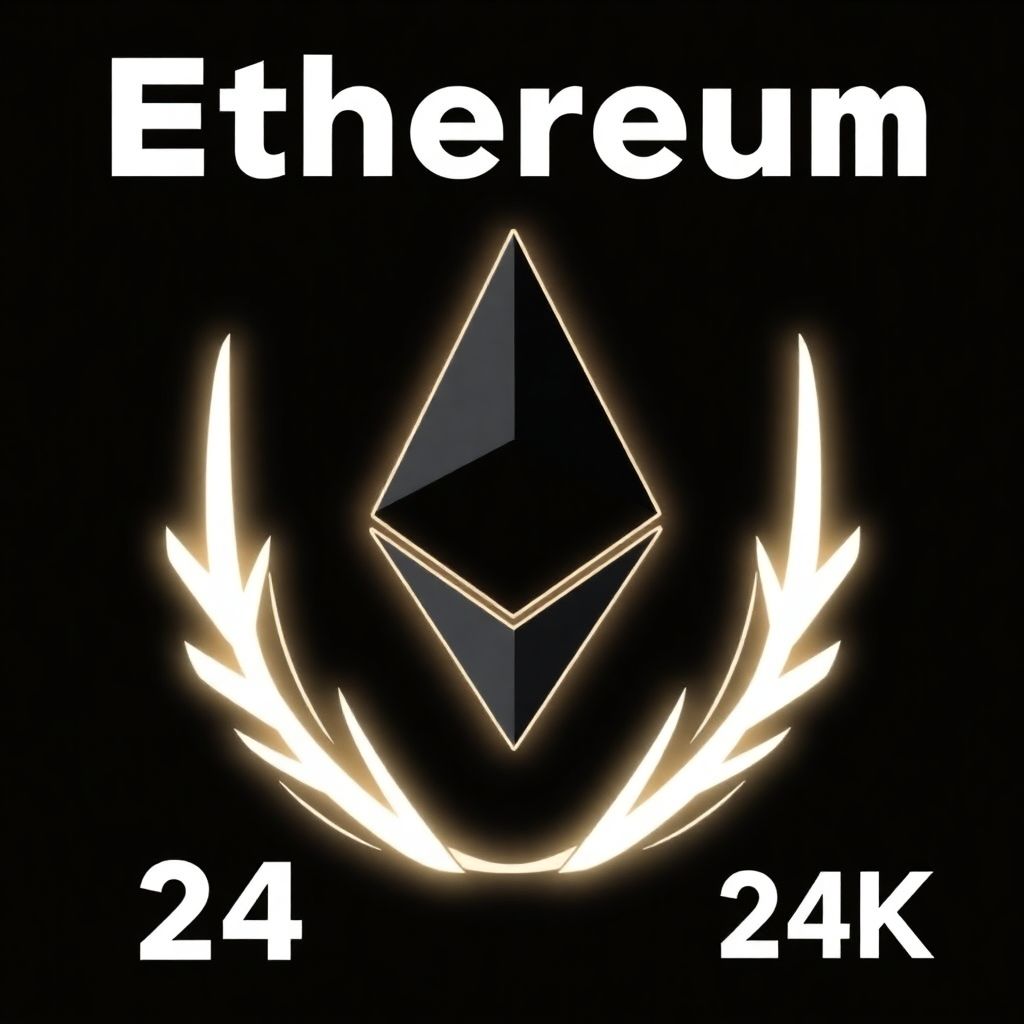‘Ethereum is scaling’: ETH Supporters Celebrate as TPS Hits Record 24K Thanks to Lighter
Ethereum’s scalability journey has reached a significant milestone as the network recently achieved an unprecedented transaction throughput of 24,192 transactions per second (TPS). This surge is largely credited to the growing adoption of Lighter, a new Ethereum Layer 2 solution that launched just weeks ago.
Since its debut, Lighter has experienced a rapid uptick in usage, processing a staggering volume of transactions that far surpasses prior activity levels on the Ethereum mainnet. The Layer 2 network utilizes rollup technology to bundle multiple off-chain transactions into a single on-chain transaction, significantly reducing congestion and gas costs while preserving Ethereum’s security guarantees.
The boost in TPS has reignited optimism among Ethereum advocates, or “ETH maxis”, who view the development as a pivotal moment in the network’s long-standing efforts to scale without compromising decentralization. For years, Ethereum has faced criticism over high transaction fees and network slowdowns during peak demand. The success of Lighter indicates that the ecosystem is now beginning to overcome these limitations.
Lighter’s architecture is designed for maximum efficiency. It leverages zero-knowledge proofs and data availability layers to ensure transaction integrity while minimizing the computational burden on the mainnet. This approach allows for thousands of transactions to be processed in parallel, then verified and recorded on Ethereum with minimal overhead.
The record-breaking TPS achieved isn’t solely due to Lighter, but its impact is undeniable. Other Layer 2 solutions, such as Arbitrum, Optimism, and zkSync, have also contributed to scaling Ethereum, but Lighter’s recent performance has set a new benchmark for throughput.
With Ethereum’s roadmap focused on modular scalability and Layer 2 integration, this development is being hailed as a proof point that the strategy is working. Vitalik Buterin, Ethereum’s co-founder, has long advocated for the use of rollups and Layer 2s as the most viable path to scaling Ethereum without sacrificing decentralization or security.
Industry analysts suggest that the implications of this milestone are far-reaching. Higher throughput can unlock new use cases for Ethereum, including high-frequency trading, real-time gaming, and large-scale enterprise applications that were previously constrained by the network’s limited capacity.
Furthermore, developers are increasingly building directly on Layer 2 platforms like Lighter, attracted by faster confirmation times and lower costs. This trend is expected to continue, especially as Ethereum transitions toward full implementation of EIP-4844, also known as “proto-danksharding,” which will further reduce data availability costs for rollups.
The rise of Lighter also reflects a broader shift in Ethereum’s ecosystem, where innovation is increasingly happening off the main chain. With Layer 2s absorbing more transaction volume, the Ethereum base layer is evolving into a settlement and security hub, rather than a primary execution environment.
This evolution brings Ethereum closer to its ultimate vision as a decentralized world computer capable of supporting global-scale applications. If the current momentum continues, Ethereum could soon handle workloads comparable to centralized systems, without sacrificing its core values.
Critics have long pointed out the scalability trilemma—balancing decentralization, security, and scalability—as a fundamental challenge in blockchain design. Ethereum’s recent achievements suggest that this trilemma might be closer to being resolved than previously thought.
As more users and developers migrate to Layer 2 solutions, the Ethereum network is poised to deliver a smoother, faster, and more affordable experience. This shift may also reduce the environmental impact of Ethereum activity, as rollups are more energy-efficient than mainnet transactions.
Looking ahead, the ongoing refinement of Layer 2 protocols and Ethereum’s base layer improvements will be critical. Innovations such as sharding, stateless clients, and advanced cryptographic techniques are all part of Ethereum’s long-term scaling vision, and current progress suggests that these goals are increasingly within reach.
In summary, the record TPS milestone driven by Lighter is more than a technical achievement—it’s a signal that Ethereum is entering a new era of scalability and utility. As the ecosystem continues to evolve, the possibilities for decentralized applications and services built on Ethereum are expanding rapidly.

